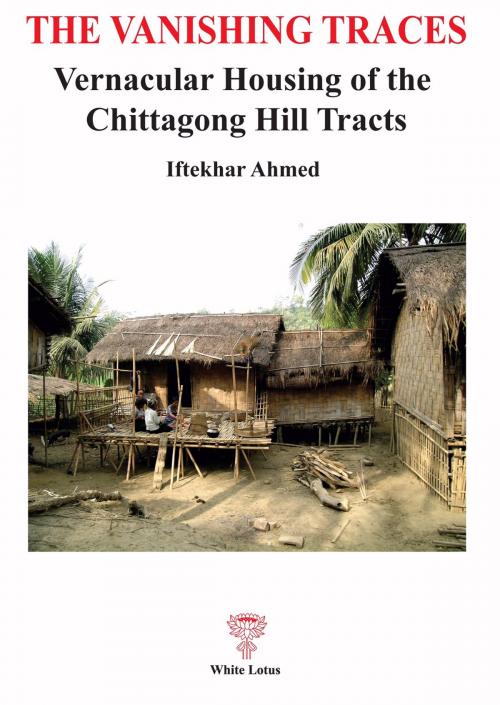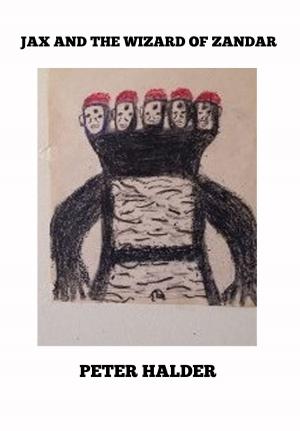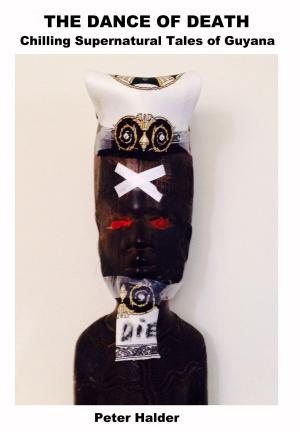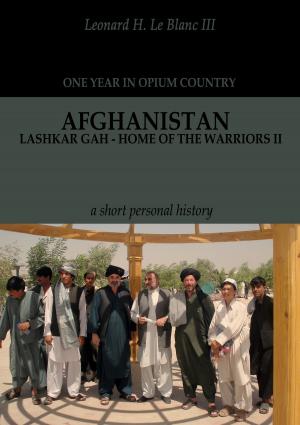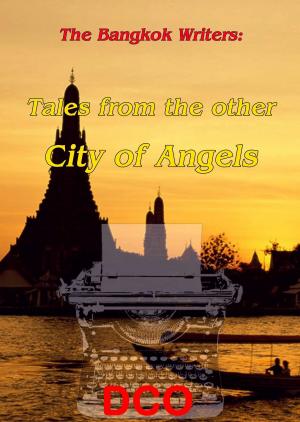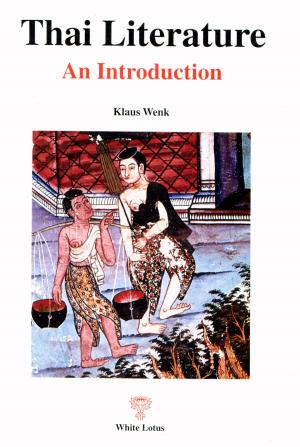| Author: | Iftekhar Ahmed | ISBN: | 9786167817095 |
| Publisher: | Proglen | Publication: | September 3, 2013 |
| Imprint: | Smashwords Edition | Language: | English |
| Author: | Iftekhar Ahmed |
| ISBN: | 9786167817095 |
| Publisher: | Proglen |
| Publication: | September 3, 2013 |
| Imprint: | Smashwords Edition |
| Language: | English |
The Vanishing Traces: Vernacular Housing of the Chittagong Hill Tracts is a study of eleven minorities in the Chittagong Hill Tracts region of Bangladesh and their dwellings. It is a unique documentation of this architecture.
The region in the southeast of Bangladesh, facing the Arakan region of Burma, is a hilly part of this otherwise largely flat country. It is the home of a number of Tibeto-Burman tribal groups, quite different from the mainstream Bangladeshi population. The vernacular housing of these communities is also unique and adapted sustainably to the hilly context, but for a variety of reasons is undergoing transformation, particularly the influence of the housing patterns of the mainstream population of the floodplains. The Chittagong Hill Tract housing styles and techniques are a valuable cultural resource; it is important to have a record of them before they vanish.
This book brings together a compilation of the housing patterns of eleven of the main ethnic groups, including extensive photographs and drawings. A key question regarding the future uncertainty of the vernacular housing of these communities is ultimately posed: Will this unique and valuable cultural resource be eventually subsumed within the broader social, cultural and economic transformations that are not only local, but global?
Illustrated with 165 B&W photographs and 1 map.
The Vanishing Traces: Vernacular Housing of the Chittagong Hill Tracts is a study of eleven minorities in the Chittagong Hill Tracts region of Bangladesh and their dwellings. It is a unique documentation of this architecture.
The region in the southeast of Bangladesh, facing the Arakan region of Burma, is a hilly part of this otherwise largely flat country. It is the home of a number of Tibeto-Burman tribal groups, quite different from the mainstream Bangladeshi population. The vernacular housing of these communities is also unique and adapted sustainably to the hilly context, but for a variety of reasons is undergoing transformation, particularly the influence of the housing patterns of the mainstream population of the floodplains. The Chittagong Hill Tract housing styles and techniques are a valuable cultural resource; it is important to have a record of them before they vanish.
This book brings together a compilation of the housing patterns of eleven of the main ethnic groups, including extensive photographs and drawings. A key question regarding the future uncertainty of the vernacular housing of these communities is ultimately posed: Will this unique and valuable cultural resource be eventually subsumed within the broader social, cultural and economic transformations that are not only local, but global?
Illustrated with 165 B&W photographs and 1 map.
